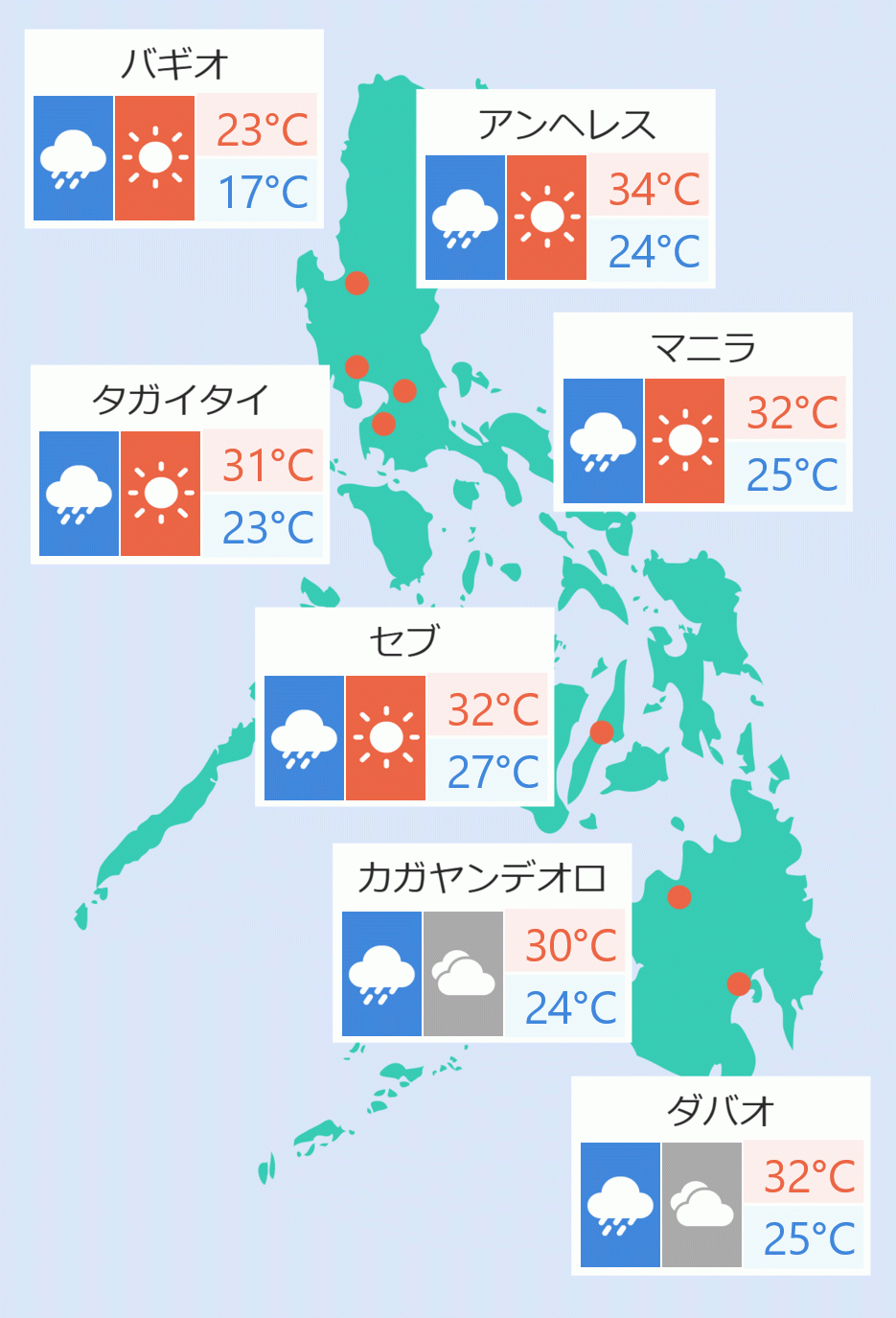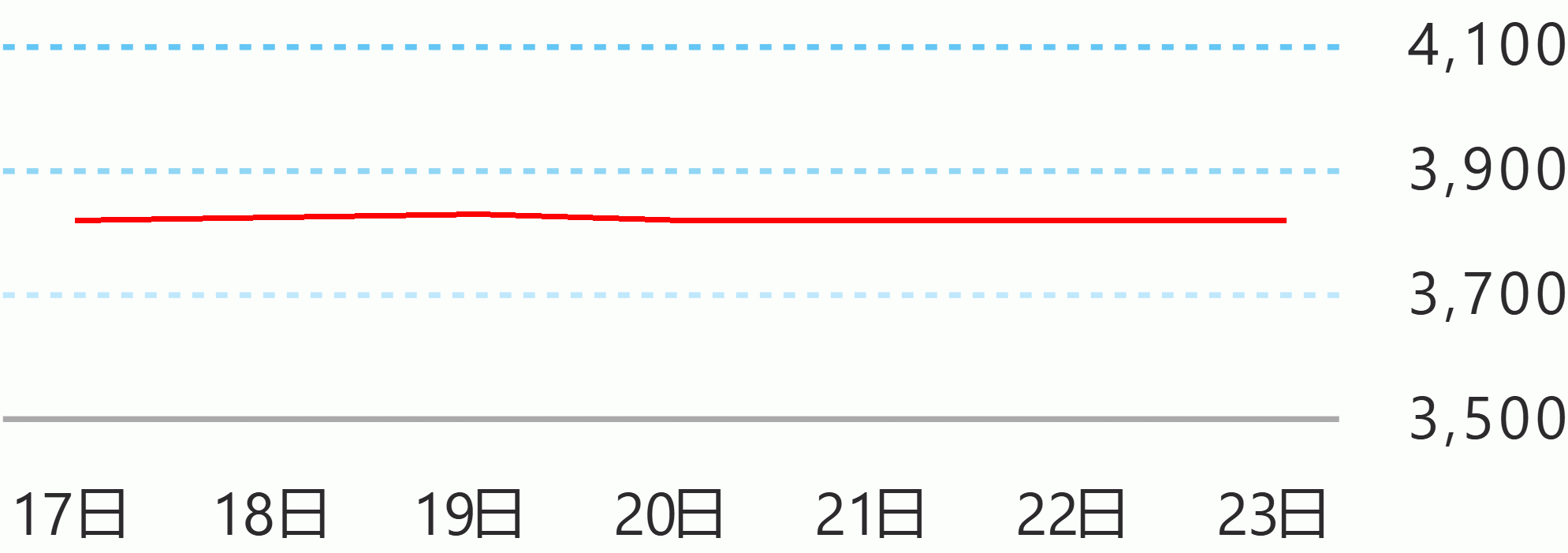BY CELERINA MONTE
The Philippine economy entered into recession as the gross domestic product for the second quarter contracted by double digits, following the government's decision to shutdown 75 percent of the economy through a lockdown to prevent the spread of coronavirus disease.
In a virtual press briefing on Thursday, Philippine Statistics Authority Undersecretary Dennis Mapa said gross domestic product shrank by 16.5 percent.
"This is the lowest quarterly growth starting the 1981 series," he said.
He recalled that the last time the country had double-digit negative growth were in the third quarter of 1984, which was -10.7 percent and in the first quarter of 1985 with -10.5 percent.
As for full year growth, the lowest recorded was in 1984, which was at -7.0 percent, followed by 1985 at -6.9 percent.
With the revised GDP growth rate of -0.7 percent in the first quarter, the average GDP rate for for the first semester was at -9.0 percent. At current price, the government's chief statistician said the country's GDP amounted to P8.6 trillion for the first semester compared to P9.28 trillion during the same period last year.
Mapa acknowledged that the Philippine economy is "officially" in recession.
Acting National Economic and Development Authority Director General Karl Kendrick Chua, in a press briefing with the other members of the inter-agency Development Budget Coordination Committee, said the decision to save lives when President Rodrigo Duterte ordered a lockdown in most parts of the country, including Metro Manila, from mid-March to June, "come at a great cost to the economy as the ECQ (enhanced community quarantine) shut down around 75 percent of the economy."
Among the major economic sectors, only agriculture, forestry, and fishing registered growth of 1.6 percent in the second quarter, while industry and services decreased significantly during the period by 22.9 percent and 15.8 percent, respectively.
Mapa said the figures on industry and services were also the lowest recorded starting 1981 series.
The main contributors to the decline were manufacturing, -3.9 percent percentage points; construction, -2.5 percentage points; and transportation and storage, -2.5 percentage points.
The main contributors to growth, however, were financial and insurance with 0.6 percentage point; public administration and defense, compulsary social security with 0.4 percentage point; and information and communication with 0.2 percentage point.
Mapa said to achieve at least the lower end GDP growth target for this year, the economy should grow by 1.9 percent in the remaining second half of 2020.
The DBCC adjusted the medium-term macroeconomic assumptions, including GDP growth rate projection from previous estimate of -2.0 to -3.4 percent late May to -5.5 percent in view of updated indicators on the impact of COVID-19 pandemic on tourism, trade, and remittances throughout the year, said Budget Secretary Wendel Avisado.
The Philippines' economic performance for the first semester lags behind neighboring countries.
Vietnam's GDP growth for the first two quarters averaged at 2.1 percent; Indonesia, -1.2 percent; Singapore, -6.5 percent; and China, -1.8 percent.
But Finance Secretary Carlos Dominguez III said, "Our economic performance for the first half of the year falls within the mid-range of our credit-rating peer group."
He was referring to Indonesia, Thailand (with estimated GDP of -6.5 percent); Mexico (-10.2 percent); and Italy (with estimated GDP of -11.6 percent).
Despite the GDP contraction, the economic managers were optimistic that the economy would soon recover.
"While the decline in GDP is huge, we are beginning to see signs of recovery. Manufacturing production, exports, and imports have taken a U-turn as the pace of decline slows," Chua said.
He admitted that reverting Metro Manila, Bulacan, Laguna, Cavite and Rizal to modified enhanced community quarantine, a stricter quarantine classification that restricts the movement of the people, may be a step back for the country's recovery.
However, the acting chief economist said the government remains committed to addressing immediate challenges without losing sight of the medium- and long-term goals.
"The return to MECQ is an opportunity to address new challenges brought about by the virus. If we use this time well, we can improve our healthcare system and pave a stronger foundation for the resumption of the economy. For the time being, the economic team will be providing the necessary fiscal support, as far as available resources can afford," he said.
Duterte placed again Metro Manila and nearby provinces under MECQ from August 4 to 18 following the request of medical societies who have been overwhelmed already due to increasing number of COVID-19 in the past months. DMS





 English
English











